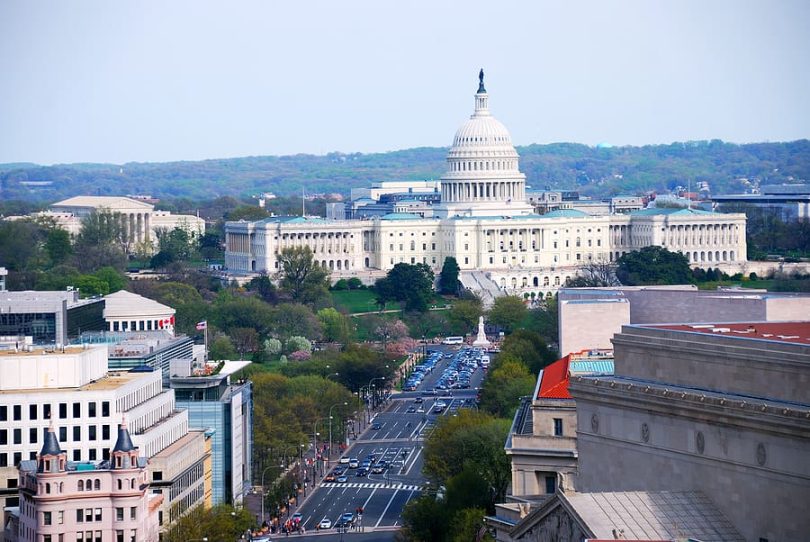The concept of demonization in politics refers to the portrayal of individuals, groups, or entire nations as evil or malevolent, often to justify aggression, discrimination, or exclusion. This tactic has been a longstanding element of political discourse and strategy, transcending geographical and historical boundaries. By examining the mechanics and consequences of demonization, it becomes evident how it shapes public perception and affects policy-making on a global scale.
Political leaders and factions often resort to demonization during times of conflict or social unrest. By characterizing opponents as fundamentally immoral or dangerous, they can galvanize support and unify their base against a common “enemy.” This not only simplifies complex issues into a black-and-white narrative but also fosters an atmosphere where empathy is replaced by hostility. For instance, during election cycles, candidates may portray their rivals in extreme, negative terms, framing them as threats to societal values or national security.
The media plays a crucial role in the politics of demonization. News outlets, especially those with partisan leanings, often amplify divisive narratives to attract viewership or readership. Sensationalized reporting can create a feedback loop where negative portrayals reinforce existing biases, further entrenching societal divisions. This environment leads to the normalization of aggression in political dialogue, where the focus shifts from collaborative problem-solving to adversarial posturing.
Social media platforms have revolutionized the speed and reach of demonization. Information, whether true or false, can spread rapidly, allowing incendiary rhetoric to take hold in public discourse. Algorithms often prioritize sensational content, inadvertently promoting narratives that fan the flames of division and suspicion. This has potential repercussions not only for political engagement but also for the fabric of society, as communities become polarized and dialogue deteriorates.
The implications of demonization extend beyond immediate political gains; they can have lasting effects on societal cohesion and public trust. When populations are conditioned to view certain groups or ideologies as inherently dangerous, it fosters an environment ripe for discrimination, violence, and social upheaval. Historical examples abound, from wartime propaganda that dehumanizes the enemy to contemporary instances of scapegoating marginalized communities during economic crises.
Ultimately, addressing the politics of demonization requires both media literacy and a commitment to fostering inclusive dialogue. Encouraging critical thinking and empathetic communication can help counteract the divisive narratives that often prevail. As societies navigate an increasingly polarized political landscape, recognizing and challenging the politics of demonization becomes crucial for building resilience and understanding, paving the way for more constructive and humane political discourse.
For more details and the full reference, visit the source link below:
Read the complete article here: https://www.stl.news/the-politics-of-demonization/







